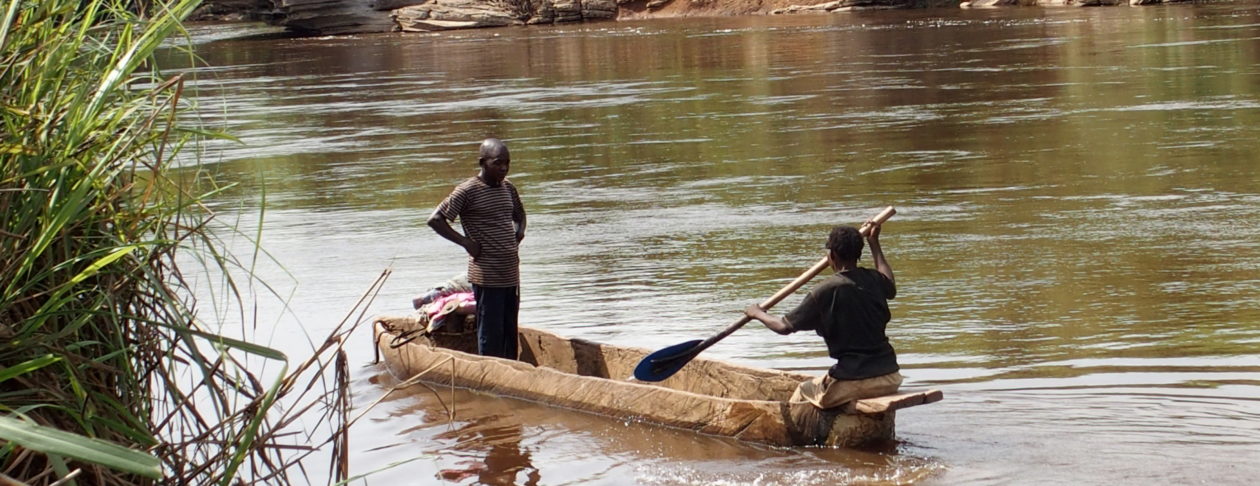by R. Caiazza, Feb 2, 2025 in WUWT
The difference between weather and climate is constantly mistaken by climate change advocates Recently Southern California wildfires have been blamed on climate change. Patrick Brown addressed the question how much did “Climate Whiplash” impact the Los Angeles fires. His excellent analysis raises concerns that I want to highlight.
Weather vs. Climate
Every time there is an extreme weather event proponents for eliminating fossil fuels confuse weather and climatewhen they claim the effects of GHG emissions on global warming are obvious today. According to the National Oceanic and Atmospheric Administration’s National Ocean Service “Weather reflects short-term conditions of the atmosphere while climate is the average daily weather for an extended period of time at a certain location.” It goes on to explain “Climate is what you expect, weather is what you get.”
Hydroclimate Volatility
Patrick Brown described the Swain et al. (2025): Hydroclimate Volatility on a Warming Earth Nature review paper. He quoted the first line of the UCLA Press Release for the paper: “Los Angeles is burning, and accelerating hydroclimate whiplash is the key climate connection” and remarked: “Thanks in no small part to the huge journalistic audience that lead author Dr. Daniel Swain commands, the “climate whiplash” vernacular was immediately adopted in international headlines covering the recent Los Angeles fires.” This is a classic example of an extreme weather event that is linked to climate change by organizations and individuals that have a vested interest in advancing the threat of climate change.
Climate Whiplash
I have never heard of the concept of climate whiplash before this story broke. Brown explains:
Dangerous, intense wildfires require dry vegetation. The idea behind the climate whiplash connection to the Los Angeles fires is that very wet winters in Southern California in 2022-2023 and 2023-2024 enabled a great deal of vegetation growth but that the very dry beginning of the 2024-2025 winter allowed that vegetation to dry out, resulting in a landscape primed for uncontrollable wildfires. Swain explains the mechanism in interviews with Adam Conover and Neil deGrasse Tyson.
In order for this to be a climate change problem, we need to know whether these events are increasing. Brown noted that:
The idea being conveyed is that these climate whiplash events are dramatically increasing not just in Southern California, but globally. “Every fraction of a degree of warming speeds the growing destructive power of the transitions” Swain said.
Brown described background for this concept:
…
…
Conclusion
Patrick Brown does an excellent job eviscerating the climate whiplash headlined stories based on Swain et al. (2025)’s recent paper. It is frustrating that biased analyses that confirm pre-conceived get so much attention. It will require many evaluations like Brown’s to address the misinformation.

